

|
|
|


|
|
1/10 Scale Electric Rally/Touring Car:
Atomic RC VM-II Lipo (Radio Controlled Model Review)History and Info:
Introduced by Atomic RC In November, 2012, the 4WD VM-II Lipo Touring Car Chassis, was essentially an upgrade of the VM-II M-Series chassis, to accept Lipo Batteries, and was available as a bare kit, requiring a Radio System, ESC, Motor, Battery, Charger, Tires and Bodyshell to complete.
▼ Scroll Down for More Images ▼
|








|
|
|

★ Atomic RC VM-II Lipo Chassis ★
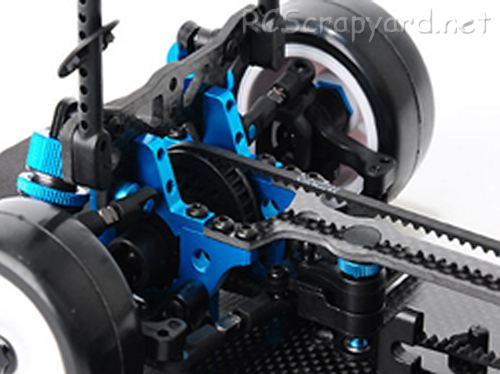
★ Atomic RC VM-II Lipo Chassis ★
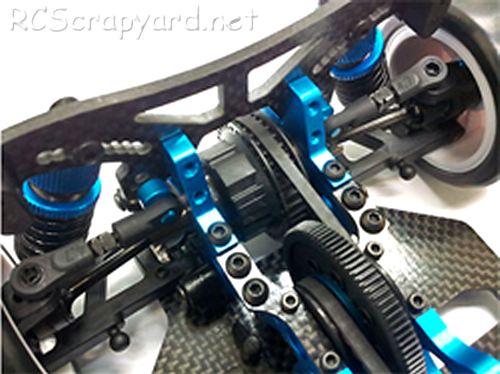
★ Atomic RC VM-II Lipo Chassis ★
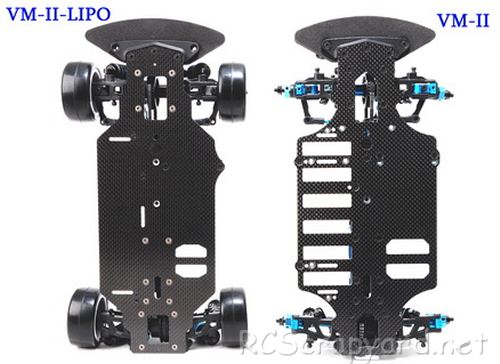
★ Atomic RC VM-II Lipo Chassis ★
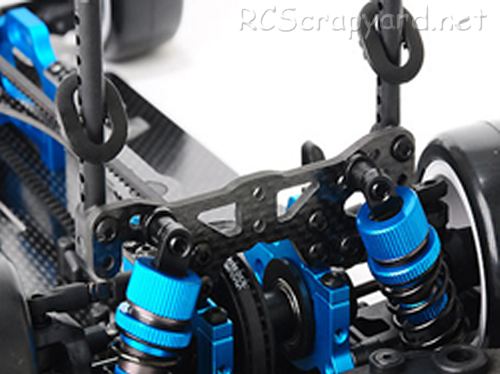
★ Atomic RC VM-II Lipo Chassis ★
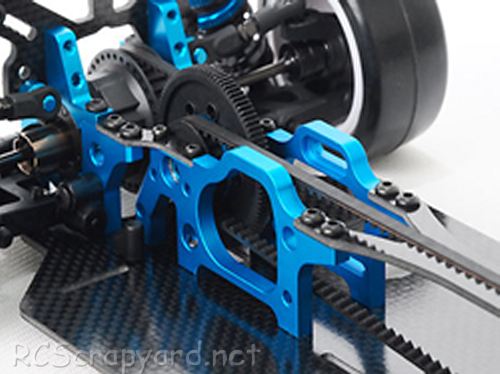
|
Buying a Used Atomic RC VM-II Lipo
|
|
Manufacturers and Brands Catalogued and Listed by RC-Scrapyard.
At present, the RC Model Manufacturers, Brands and Distributors covered by us are: ABC Hobby, Academy, Acme Racing, Agama Racing, Amewi, Ansmann Racing, ARRMA, Team Associated, Atomic RC, Axial, AYK, Bolink, BSD Racing, Capricorn, Carisma, Carson, Caster Racing, Cen, Corally, Custom Works, Durango, Duratrax, ECX - Electrix, Exceed RC, FG Modellsport, FS-Racing, FTX, Fujimi, Gmade, GS-Racing, Harm, HBX, Helion, Heng Long, Himoto Racing, Hirobo, Hitari, Hobao, Hong-Nor, Hot Bodies, HPI, HSP, Intech, Integy, Jamara, JQ Products, Kawada, Kyosho, Losi, LRP, Maisto, Mardave, Marui, Maverick, MCD Racing, Megatech, Mugen, New Bright, Nichimo, Nikko, Nkok, Ofna, Pro-Pulse, Protech, PTI, RC4WD, Redcat Racing, RJ-Speed, Robitronic, Schumacher, Seben, Serpent, Smartech, Sportwerks, Step-Up, Tamiya, Team-C Racing, Team Magic, Thunder Tiger, Tomy, Top Racing, Traxxas, Trinity, Tyco, Vaterra RC, Venom, VRX Racing, WLToys, X-Factory, Xmods, Xpress, Xray, XTM, Yankee RC, Yokomo, ZD Racing and Zipzaps. |
|
Hints, Tips and Information How to Charge Rechargeable Batteries for Peak PerformanceNi-Cad (Nickel Cadmium) Batteries
1/ All Ni-Cad Batteries have to be Discharged soon after use. This is to avoid the dreaded "Memory" effect that on subsequent re-charges can cause a momentary drop in performance during a race. A simple discharger can be made from a car 12v bulb.
Ni-Mh (Nickel Metal Hydride) Batteries
1/ Never charge Ni-Mh batteries at a current higher than 4.5 amps. Although these batteries can give a higher voltage than Ni-Cad Batteries, they are much more sensitive and easy to damage if charged too quickly. |
|
Hints, Tips and Information
My First National
When I first started in RC, way back in the late 1980s, I would turn up to the weekly club meeting, with my Tamiya Boomerang, Acoms transmitter, two sets of crystals, a couple of 7.2v batteries, a charger and a tool box with a wheel spanner and a few spares. |
|
RC Models:
|
Radio & Motors: |
Other
Accessories: |